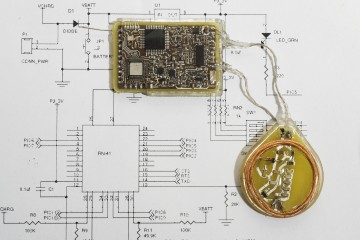Project grant
Wireless high-bandwidth trans-cutaneous signal transmission

At a glance
Completed
Award date
April 2012 - September 2013
Grant amount
£71,982
Principal investigator
Professor Stuart Baker
Co-investigator(s)
- Dr Eric Graeme Chester
- Professor Nicholas Donaldson
Institute
Newcastle University
R
- Refinement
Read the abstract
View the grant profile on GtR
